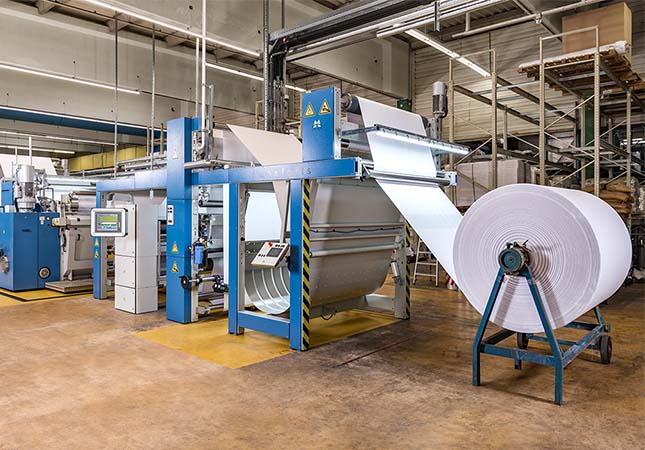When a substance is 'crushed' to the nanoscale and transformed into nanomaterials, profound transformations occur in their physical and chemical properties. For instance, copper, which is originally conductive, loses its conductivity at the nanoscale. Nanoscale ceramics, on the other hand, undergo a remarkable change in their brittleness, becoming resistant to fractures and even capable of bending. The alterations in optical, electrical, thermal, and magnetic characteristics, as well as the numerous novel properties such as absorption, catalysis, and adsorption exhibited by nanomaterials, fundamentally revolutionize the current industrial framework.

Application Areas of Functional Fibers
The application of nanotechnology in the textile industry continues to evolve and innovate, providing numerous new possibilities for enhancing the performance and functionality of textiles.
By incorporating specially functional nanomaterials with textile raw materials, various functional fibers can be produced, possessing capabilities such as antibacterial properties, self-cleaning abilities, flame retardancy, and infrared absorption.
Currently, nanotechnology in the fiber industry primarily focuses on two major areas. First is the research on nanofibers. Nanofibers refer to ultrafine fibers with diameters smaller than 100 nanometers. These fibers can have lengths of kilometers, bridging the nanoscale and macroscopic worlds. In theory, they can support the arrangement of "nano machines." The finer the fiber, the larger the surface area-to-volume ratio, resulting in better filtration efficiency.
The second area involves directly incorporating nanoscale particles into fibers, utilizing different functional nanomaterials to develop various functional products, including antibacterial agents, flame retardants, UV blockers, far-infrared absorbers, negative ions, antistatic agents, electromagnetic shielding, and other functionalities.The preparation of nanofibers falls into two main categories, involving molecular techniques. One method utilizes single-walled or multi-walled carbon nanotube bundles. These nanofibers can be obtained through the deposition of single carbon atomic chains from the cathode during the arc-discharge process of graphite or through template carbonization methods. The second method involves spinning, such as polymer electrostatic spinning, island-in-sea component spinning, and single-screw extrusion and drawing methods. The fiber diameter can reach between 10 and 100 nanometers.
Another approach to developing functional fibers is by incorporating ultrafine powders into chemical fibers during spinning or polymerization. Currently, commonly used additives include zinc oxide, aluminum oxide, zirconium oxide, silicon oxide, titanium oxide, magnesium oxide, as well as particles containing silver, copper, and other ions.
Textile Finishing
China has developed a nanomaterial technology that prevents direct contact between oil, water, and the surface of materials. Fabrics produced using this technology do not require water washing, thereby significantly conserving water and reducing pollution to water environments.
Textile materials (such as cotton, linen, silk, wool, velvet, blends, and synthetic fibers) treated with this technology not only possess water and oil repellent functions but also resist liquids like ink, lemon juice, soy sauce, and exhibit special effects such as antibacterial, radiation protection, and mildew resistance.
After treatment with this technology, the original fabric's fiber strength, dye affinity, wash resistance, breathability, skin-friendliness, and wrinkle resistance remain unchanged.
These techniques will change people's laundry habits, as clothes will no longer require extensive water washing. Even if washing is necessary, only minimal water usage is needed, resulting in significant water savings and reduced environmental pollution from wastewater discharge.
So far, several nanomaterials and nanocomposites prepared in the textile field have demonstrated excellent performance. Therefore, it is of practical significance to systematically research and develop novel nanomaterials and nanocomposites. With the decreasing production costs of nanoparticles and the increasing variety of functional nanoparticles, nanomaterials and nanocomposites will find widespread applications in textiles and other industries, offering tremendous prospects for the future.
SUNTECH Textile Machinery is a distinguished manufacturer of textile machinery with a rich legacy of automation and intelligent manufacturing technology for textile and warehousing equipment. SUNTECH's state-of-the-art core technologies have garnered global recognition.
SUNTECH Textile Machinery has the range of products encompasses almost all fabric types, including but not limited to pinking machine, loom machine, weaving machine, beam truck, fabric cutting machine, motorized beam trolley, beam storage, and fabric inspection machine. SUNTECH Textile Machinery continues to lead the textile industry with its innovative approach and extensive experience. We welcomes quotes and cooperation opportunities with open arms!




